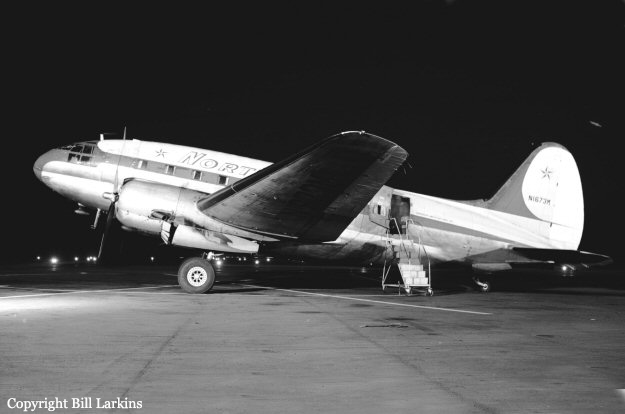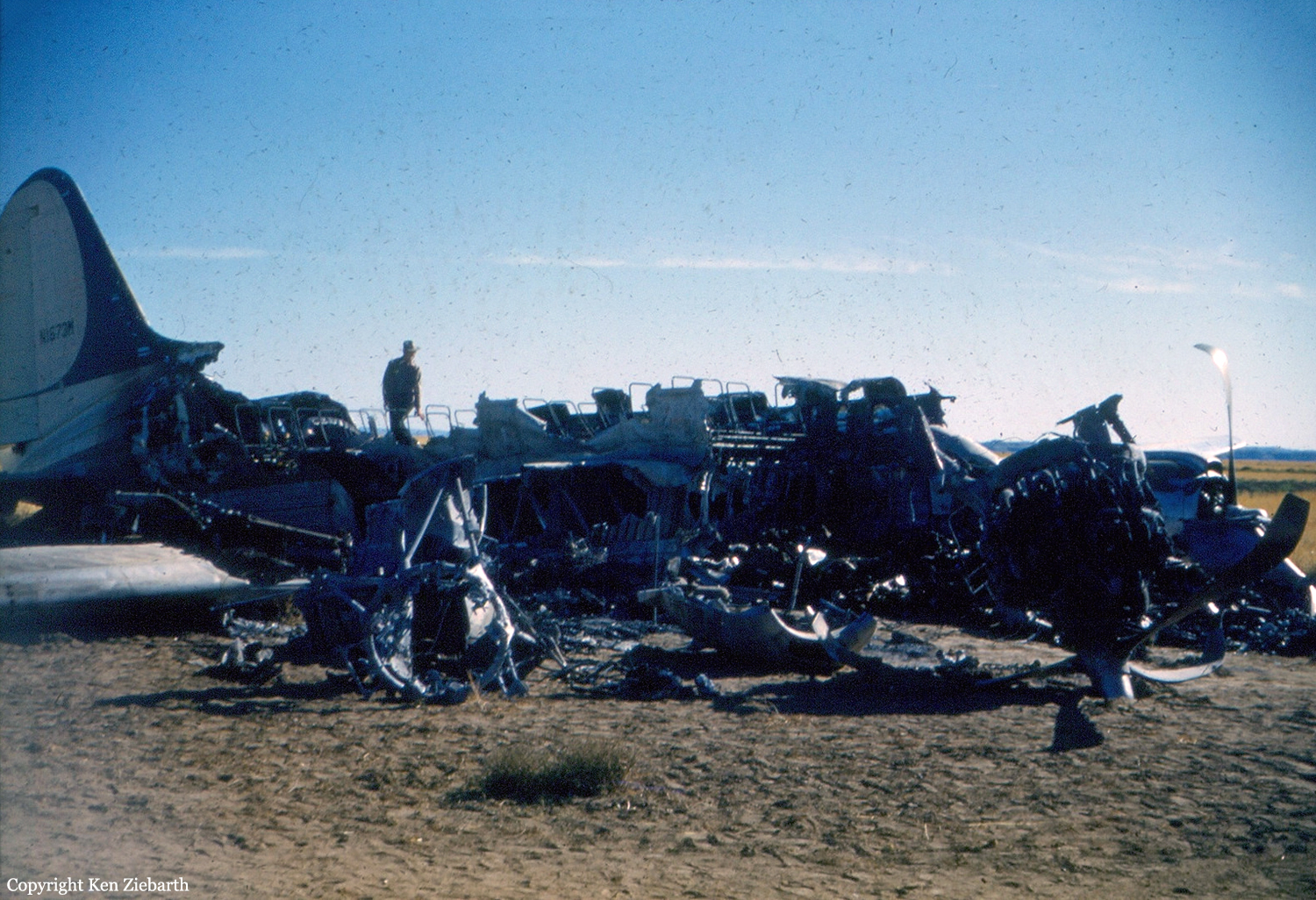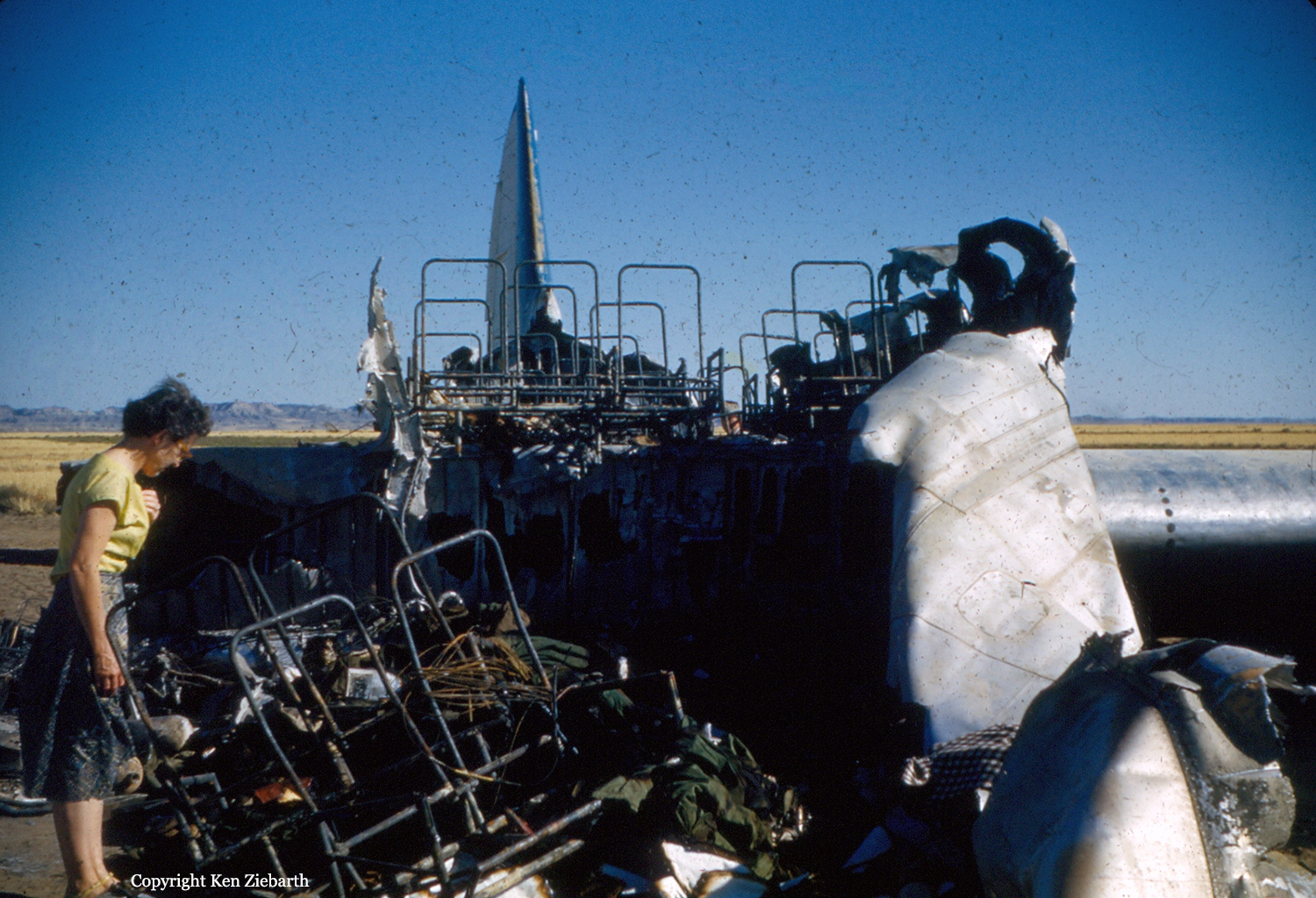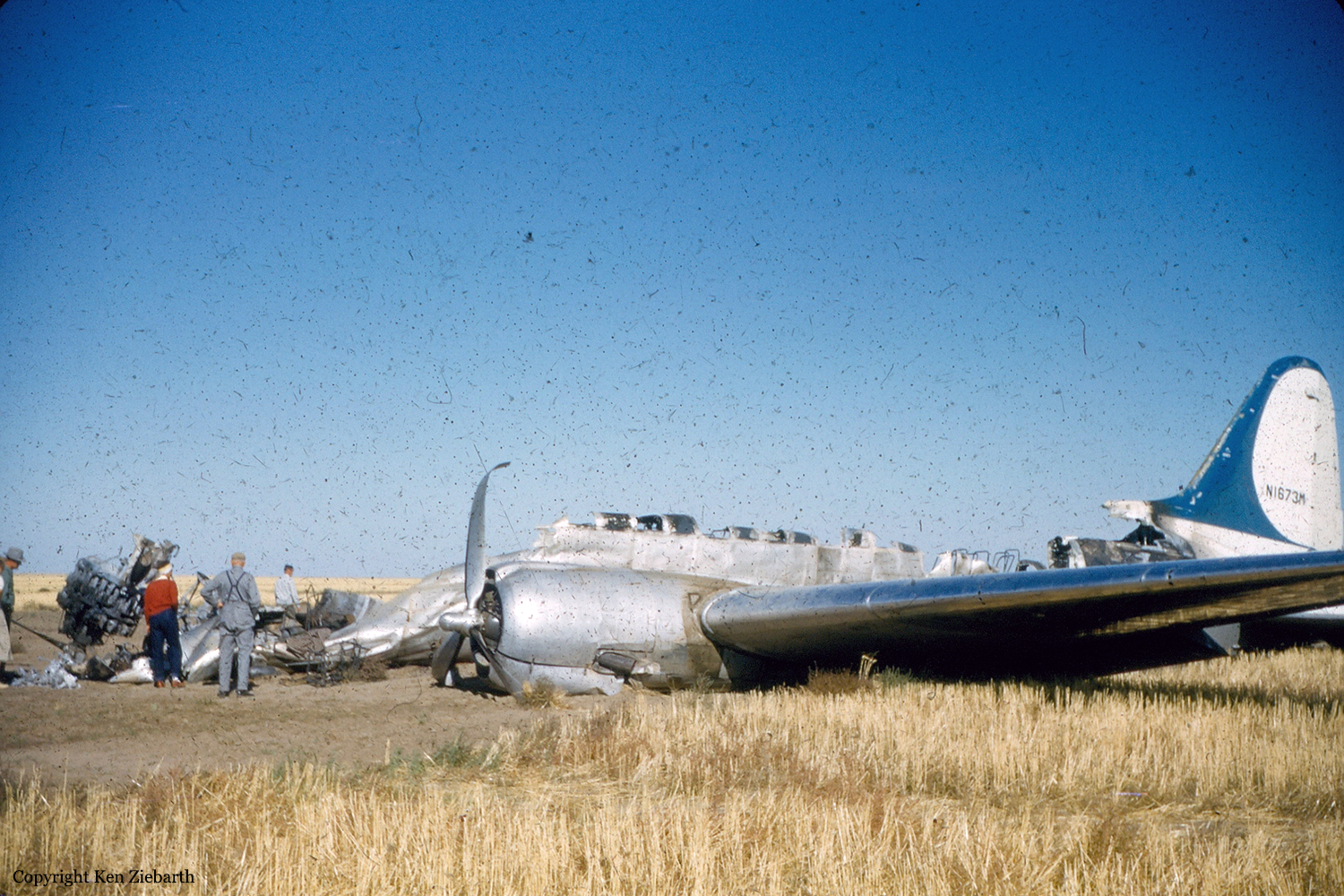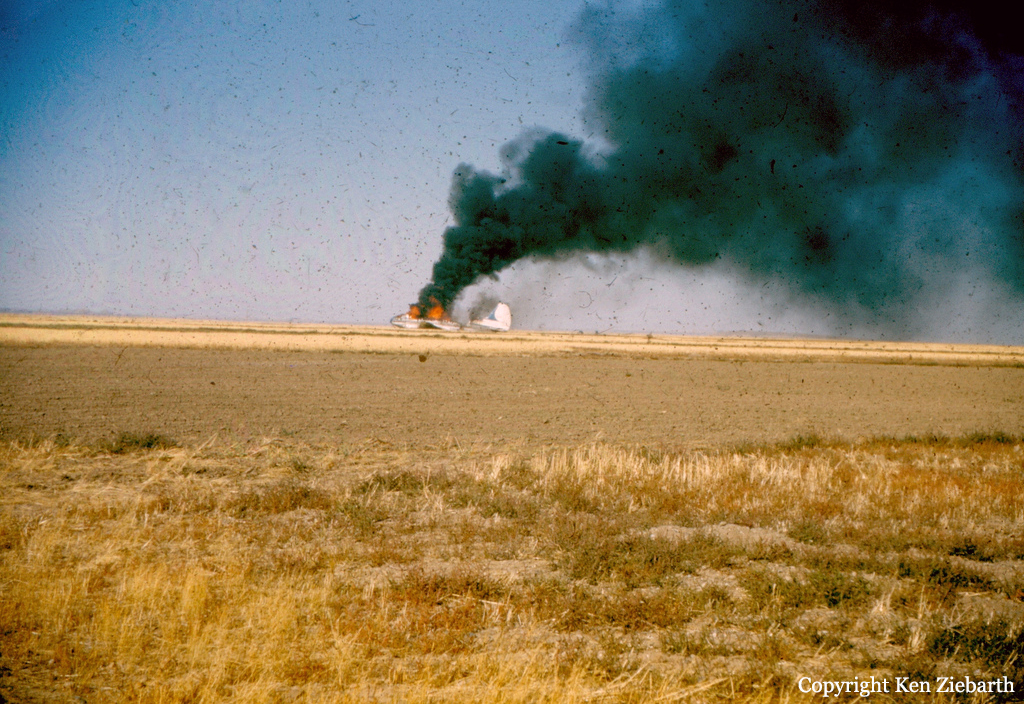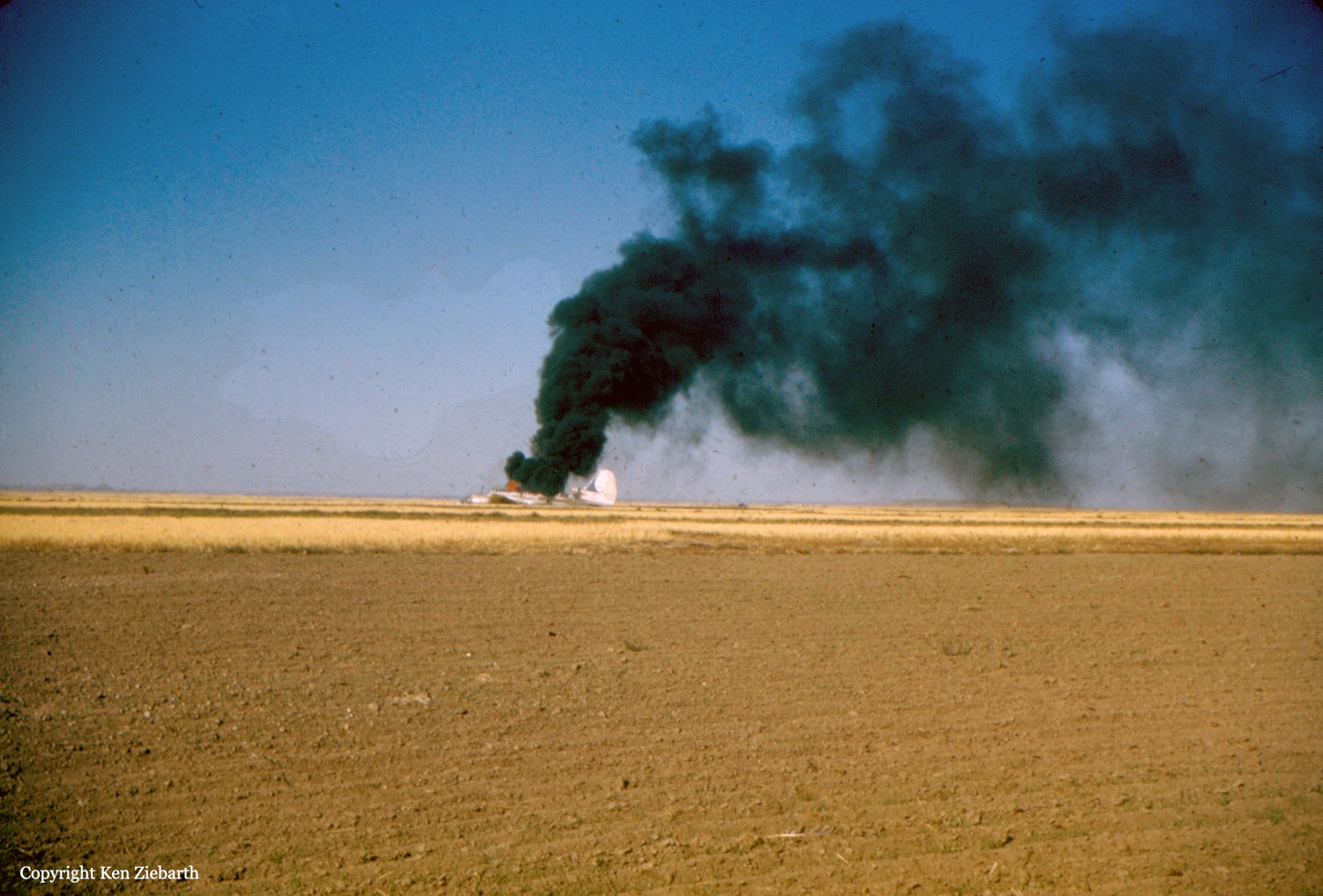Crash of a Beechcraft B100 King Air in Miles City
Date & Time:
Jan 4, 1996 at 0745 LT
Registration:
N924WS
Survivors:
Yes
Schedule:
Billings - Miles City
MSN:
BE-63
YOM:
1978
Crew on board:
2
Crew fatalities:
Pax on board:
3
Pax fatalities:
Other fatalities:
Total fatalities:
0
Captain / Total hours on type:
125.00
Aircraft flight hours:
9449
Circumstances:
The pilots obtained a complete weather briefing for their IFR flight. Before landing at their destination, they attempted to obtain an airport advisory on Unicom, but received no response. They landed on the runway in low visibility with the runway lights visible. After touchdown, the left main landing gear contacted a berm or snowbank on the left side of the plowed area, and the pilots were unable to maintain directional control. The aircraft drifted off the left side of the runway and came to rest on a reverse heading. The runway, which was 100 feet in width, had been plowed to about 45.5 feet width along the centerline. No notams had been filed concerning the partially plowed condition of the runway. The second officer (commercial pilot) noted that during the weather briefing, the pilot-in-command had been advised of thin, loose snow on the runway.
Probable cause:
Failure of airport personnel to properly remove snow from the runway or issue an appropriate notam concerning the runway condition. Factors relating to the accident were: the low light condition at dawn, and the snowbank or berm that was left on the runway.
Final Report:



